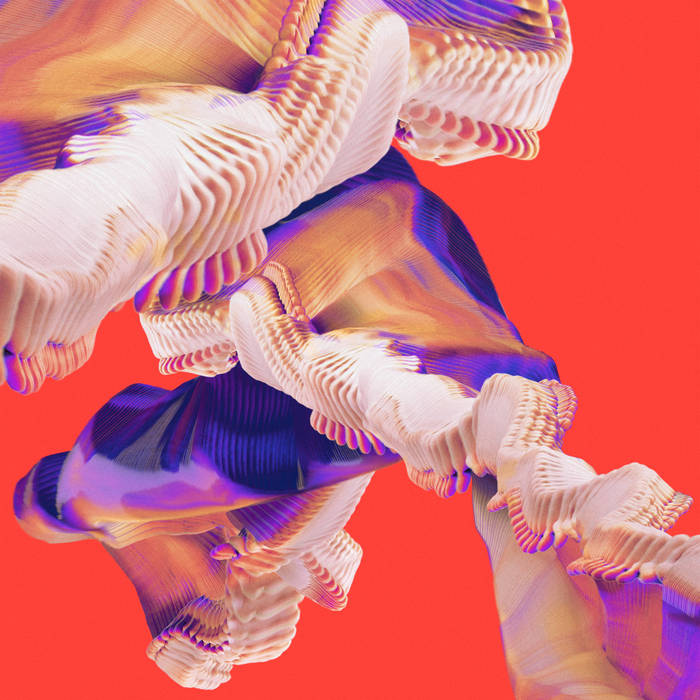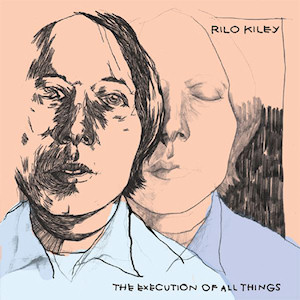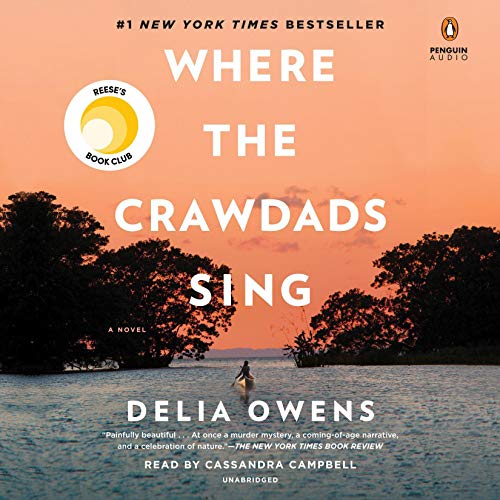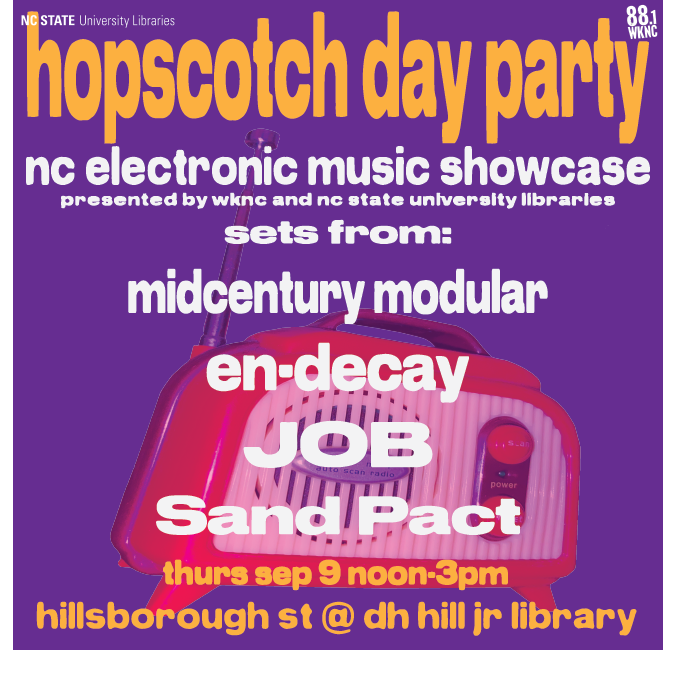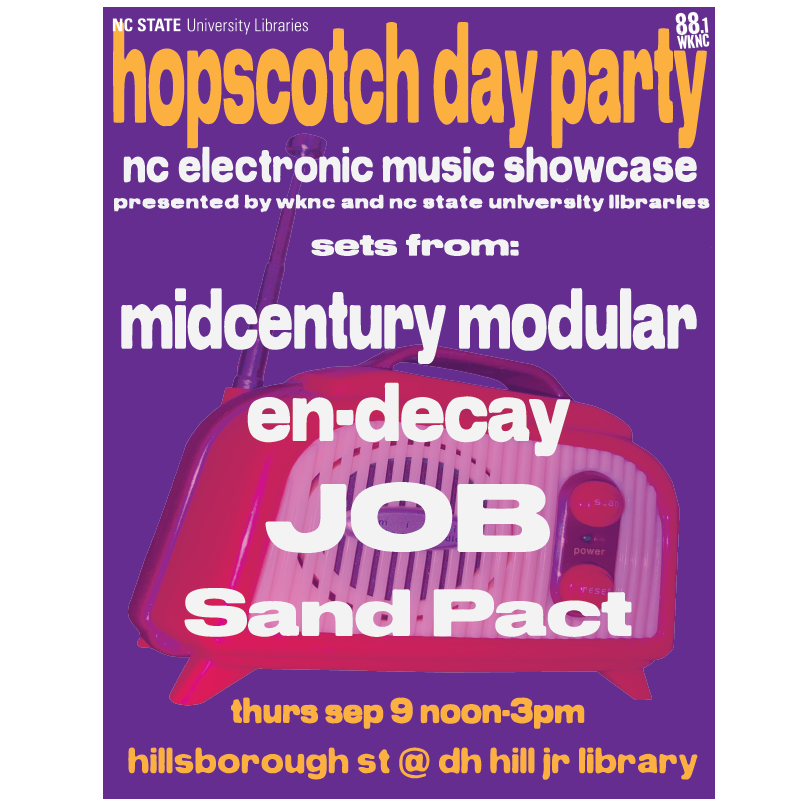Kanye’s career has been living on borrowed time for more than a decade now. He’s one of the most famous, and least sympathetic musicians on earth, so much so that many critics have assumed no number of scandals, public gaffes, or bad press could ever tank the man’s career. There was a time I would have agreed with that statement but looking at the release of his 10th studio album Donda, I might have to walk back that assessment.
Kanye West probably needs no introduction at this point. His music has captured the public consciousness for two decades, and his public persona has done much the same, just in a more negative light. Each public disaster has been met with equally rapturous critical and public praise. For all the Grammy rants, political forays, and questionable public statements, his albums “My beautiful Dark Twisted Fantasy,” “Yeezus,” and “Kids See Ghosts,” each earned glowing reviews from at least one major indie outlet, be it Pitchfork, Rolling Stone, or The Needle Drop respectively.
However, in recent years Kanye’s public antics and private fame have started to eclipse his actual musical success. His endorsement of Donald Trump, disparaging comments towards black women, and divorce from wife Kim Kardashian have all cost him public support. His 2019 religious album “Jesus Is King,” garnered confused reactions from secular critics, and little to no interest from a religious audience, and while his 2018 series of short projects and production jobs were well received as whole, no one project was universally acclaimed according to Allmusic and Metacritic aggregates.
However, with the release of his most recent album “Donda,” a switch seems to have been flipped both within his fanbase and within the wider world. For the first time in a long time, Kanye seems to have entirely lost the public’s interest. The extensive delays garnered backlash on his subreddit, critics that once adored him like Pitchfork and the Independent have given reviews that range from lukewarm to outright panning. But most damning is that just a day after the release, at a time where Kanye alleges the label released his album without consent, and plagiarism allegations over the album cover are riding high in the headlines, and a feud with Drake looms large, Kanye is nowhere to be found in the top 15 trending topics on Twitter. For such a famous artist to have a release so mired in drama, with more than 5 unresolved news stories around him, to not be the #1 trending topic is a failure, much less to not even make this list.
I don’t want to belabor the point any further, because frankly I feel confident in saying that, for once, nobody cares. However, I do want to speculate that perhaps this bodes poorly for the future of other rappers mired in baggage. The likes of Drake, 6×9, Eminem, and Chris Brown have all claimed a niche in the rap game despite (or in some cases because of) public scandal and attempted cancellation. But perhaps, with Donda, Twitter has finally found the most lethal weapon for an artist’s career: to simply ignore.




